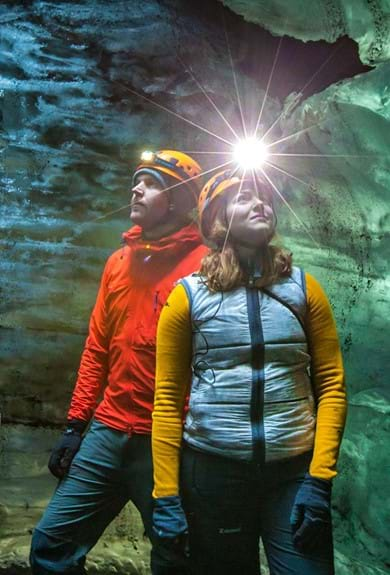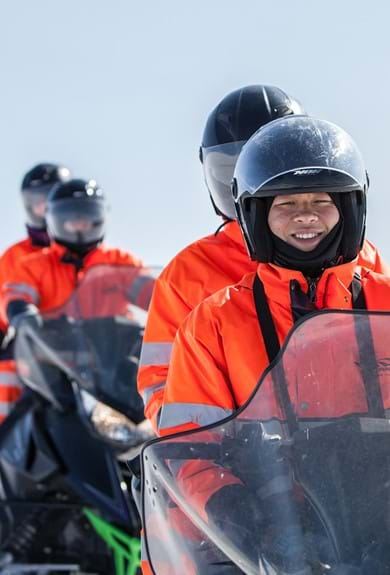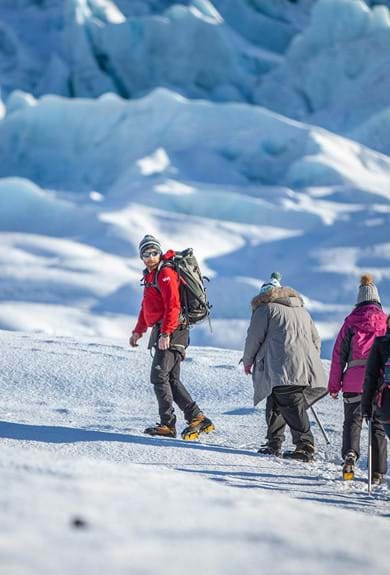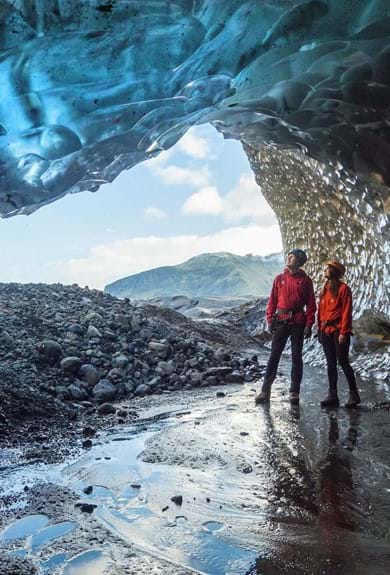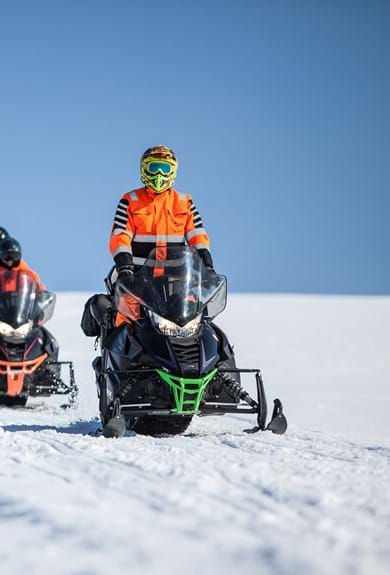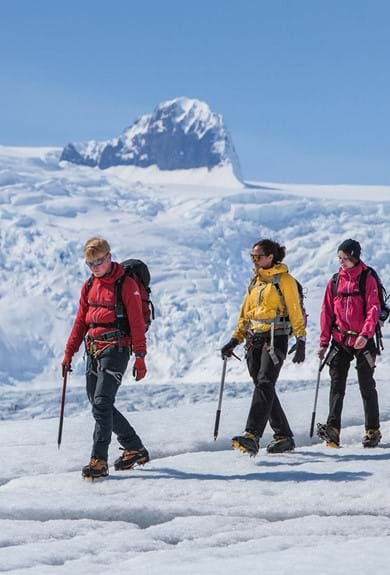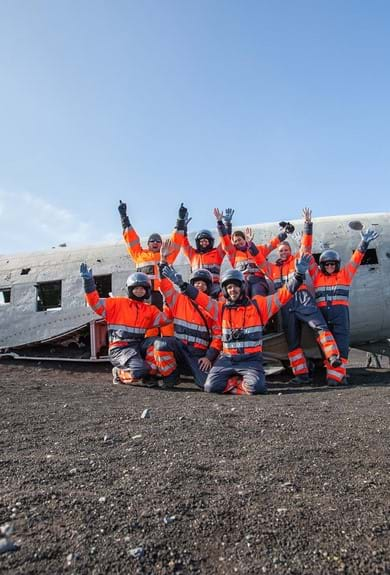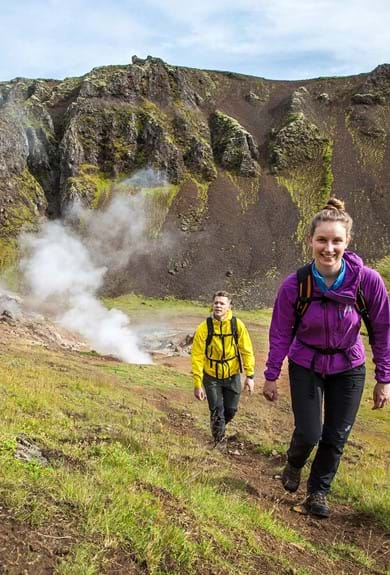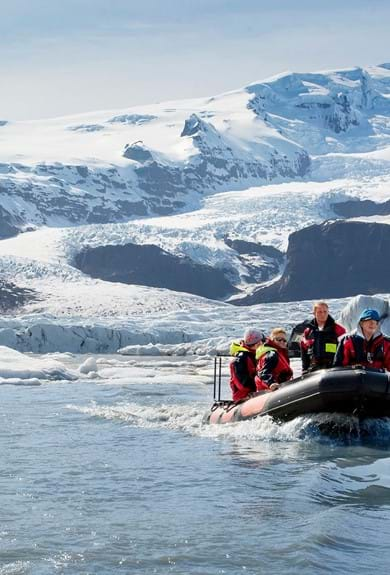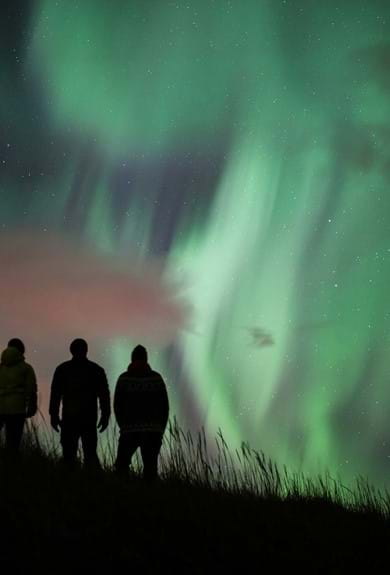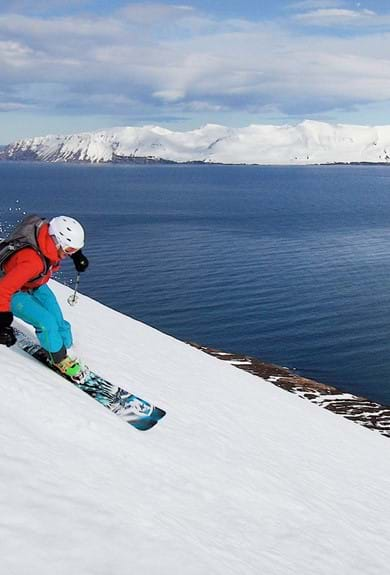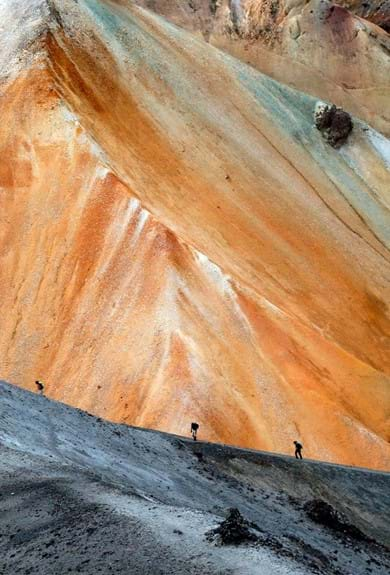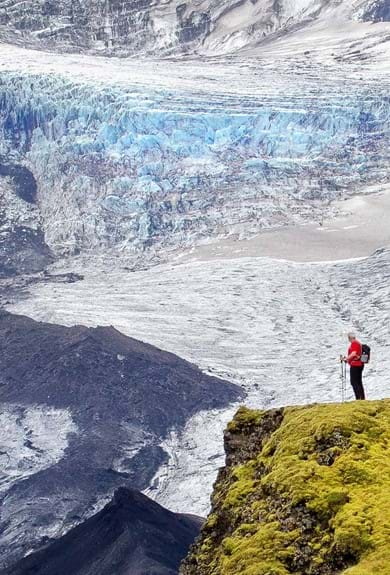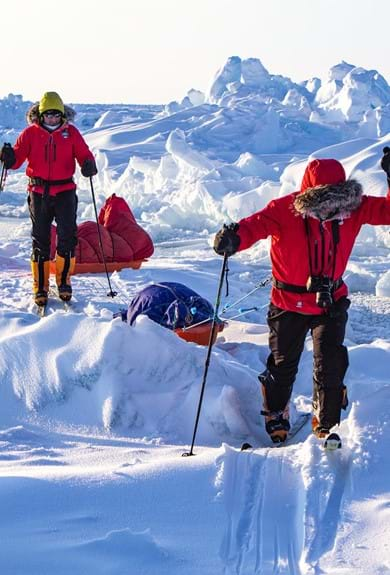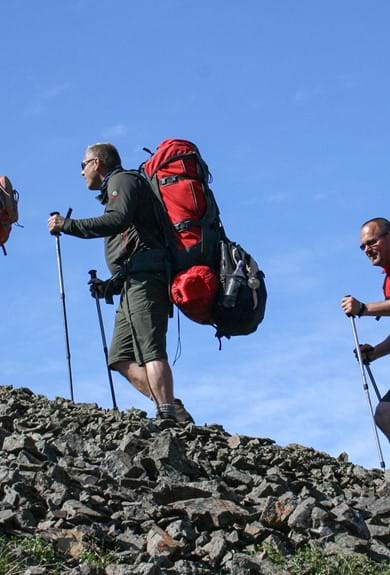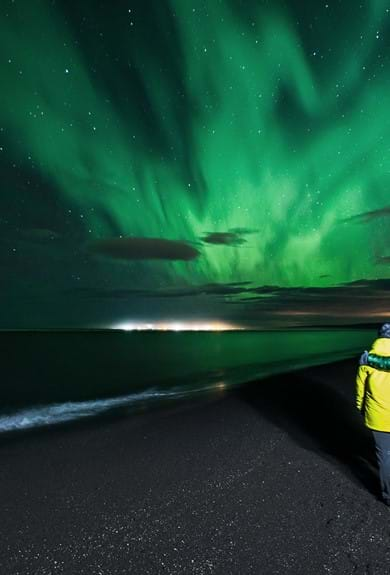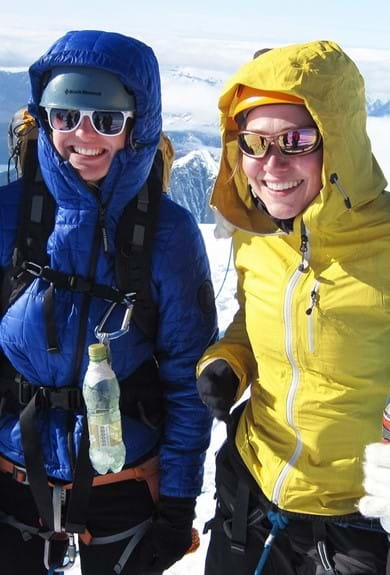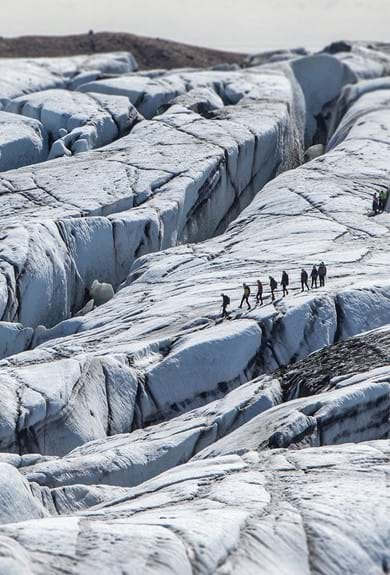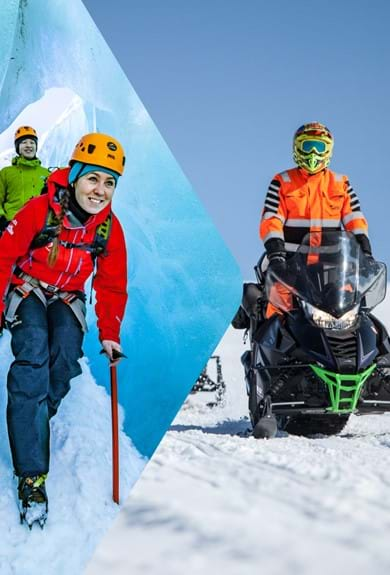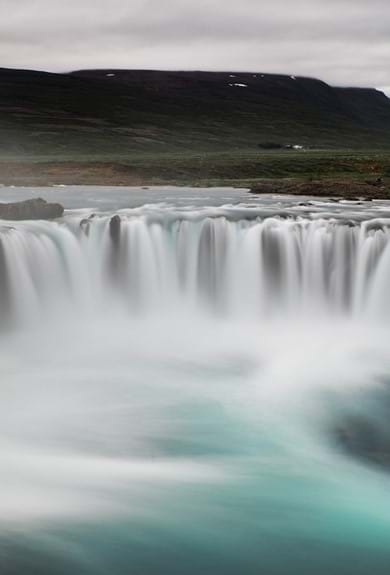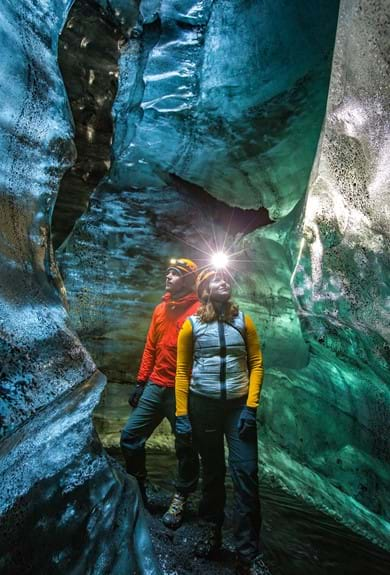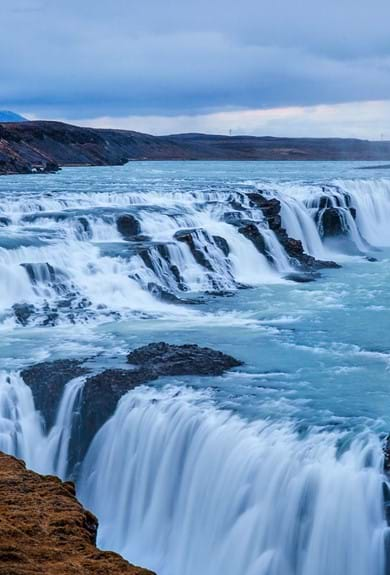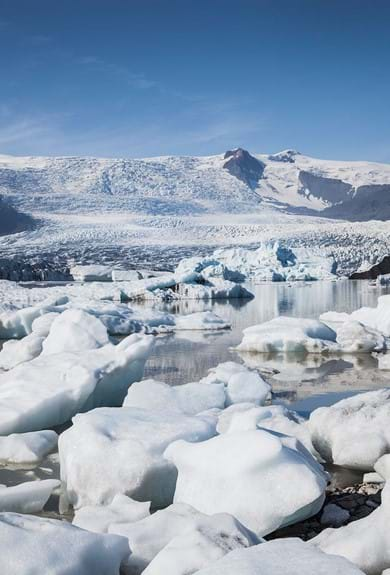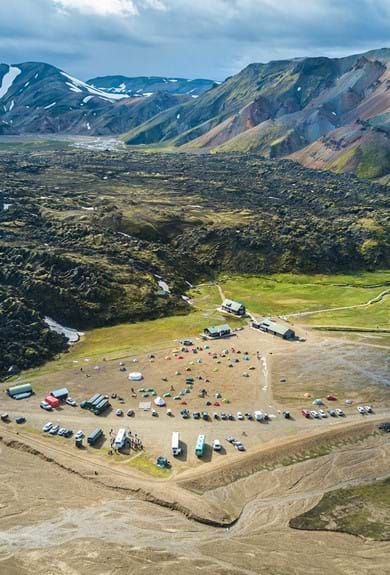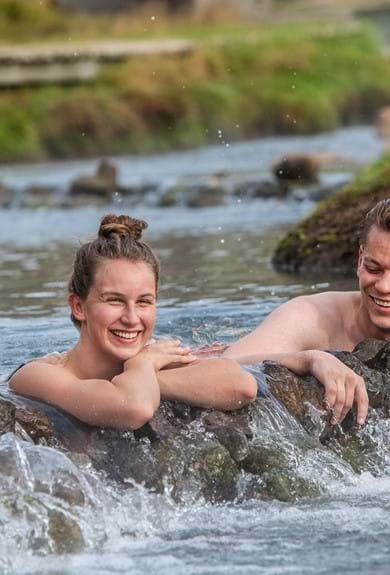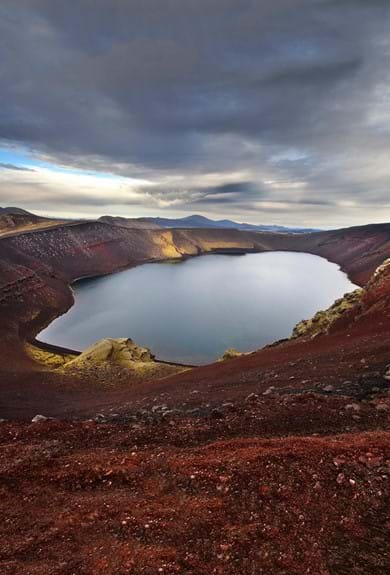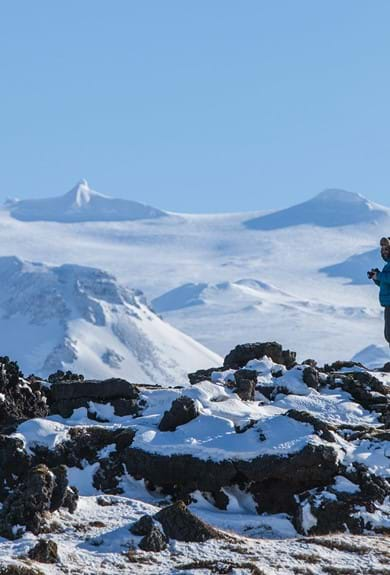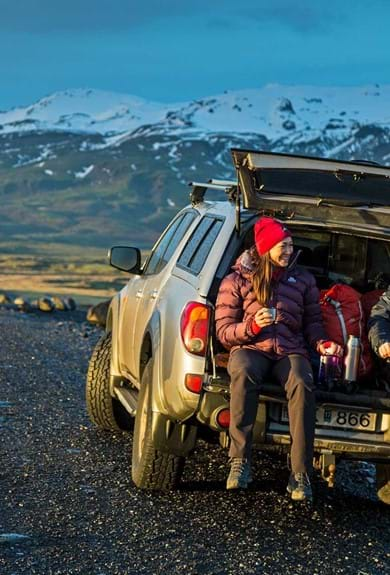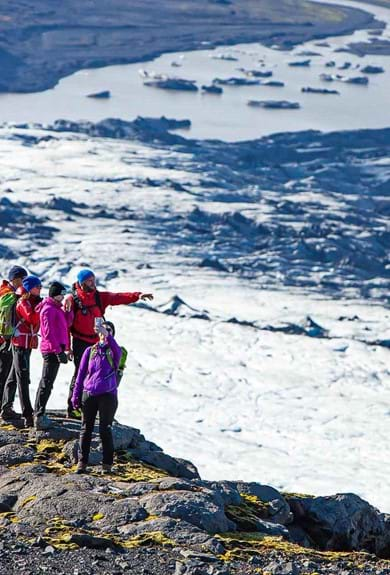Leifur Örn Svavarsson is one of our founders and one of the most experienced mountain guides in Iceland. This week, Leifur turns 50 and to celebrate, we want to tell you a little bit about who he is, and some of the epic adventures he has under his belt and some of the lessons he has learned along the way.
I caught up with Leifur in a spare moment (there aren’t many) before a trip to one of the Everest base camps (wow!) and asked him a few questions. Here it is, from the horse’s mouth.
By Joseph Hall
You have accomplished some amazing journeys in your life. How did you discover your passion for adventure?
If I look back to my roots as a child, I see the bookshelf in my home as a mule source of inspiration. What I find amazing in these books is that there is something like Gaston Rébuffat climbing the the south face of of the Aiguille du Midi, explaining mountaineering techniques and even as a child to see him hanging from the cliffs and with this astonishing view, that was the thing that I found amazing. The same with sailboats: sailing around the world and explorers and such things, I found it amazing.
